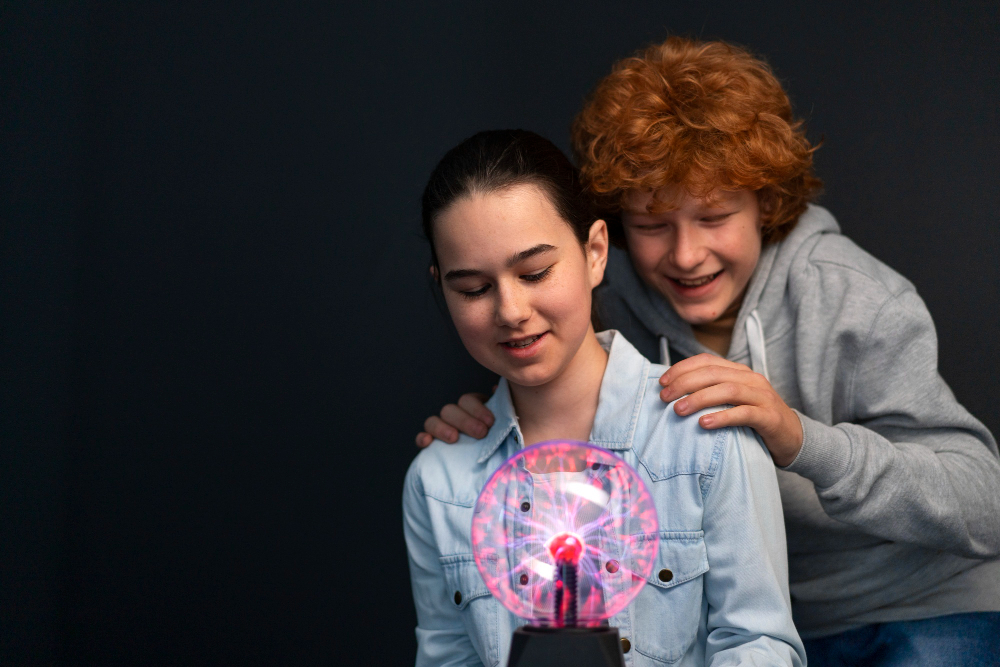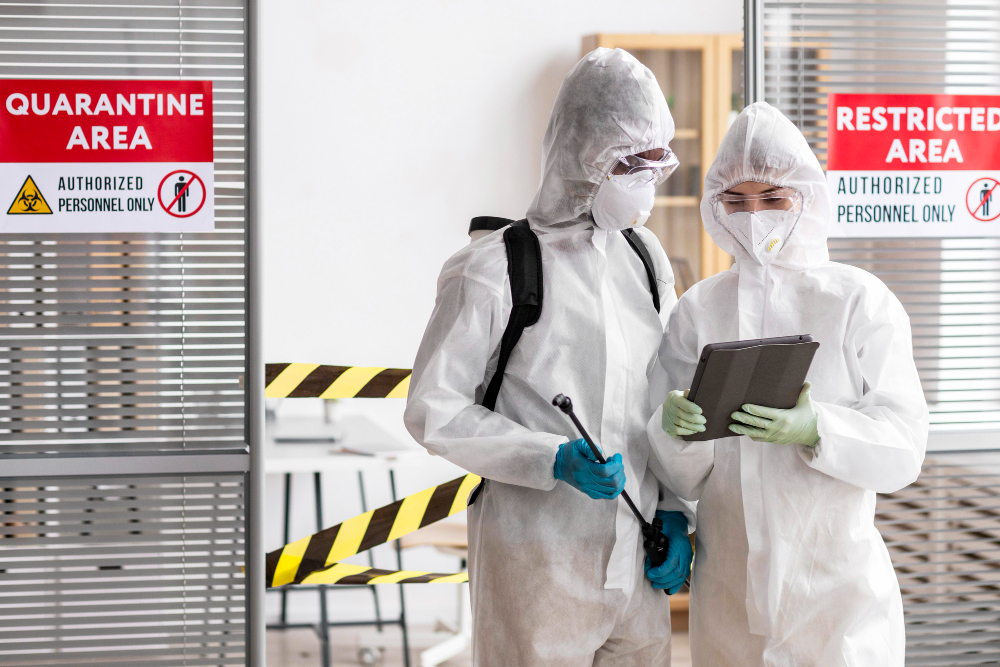Imagine having no sight, horrible vision, or the inability to perceive colors. According to the National Institute of Health, “In 2015, there were an estimated 253 million people with visual impairment worldwide.” In this article, we are going to be talking about the types of blindness that an individual can experience. Keep in mind that being blind doesn’t mean that you can’t see anything. Many forms of blindness exist. If you need some background information on the eyes, I suggest you check out my article, “The Anatomy of the Eyes”.
The most well-known and familiar type is complete blindness. Most people perceive it as blind, where there is a total absence of vision. Complete blindness occurs when there is severe damage to the optic nerves, parts of the eyes, or visual processing in our brain. Unfortunately, as of 2024, when this article was written, there is no way to cure complete blindness. However, early treatment and support can significantly improve the condition, just like glaucoma, which is a disease caused by damage to the optic nerve of the eyes by increased eye pressure. Patients with this disease will have a hazy cornea, and their iris bulges forward. Glaucoma will cause their eyes to appear red and look bloated. Glaucoma causes eye pain, nausea, headaches, blurred vision, and loss of peripheral vision. Although there is no proven cure for glaucoma, it can still be treated when it is in its early stages and further damage can be prevented. Below is an image demonstrating what normal vision and different stages of glaucoma look like.

The next type of blindness is color blindness. Color blindness is when a person cannot see specific colors due to malfunctions in their eye’s cone cells, such as the absence of photopigment, which helps with color recognition. The most common type of color blindness is red-green color blindness. There are three common types of color blindness: protanomaly, deuteranomaly, and tritanomaly. Protanomaly is when shades of red look green and darker than usual; deuteranomaly is the opposite when shades of green look red. Lastly, tritanomaly is when it is difficult to distinguish blue from green and yellow from red due to their perceived similarity caused by this condition. The more severe types of these conditions are protanopia, deuteranopia, and tritanopia, where there are absences of red, green, and blue cones in our eyes that are used to receive and distinguish colors. A term that is good to be familiar with in this topic is legal blindness. It is a term to define people who score a 20/200 on the eye chart, which means that you have to be 20 feet away from something to see it, while a person with normal vision would be able to see it from 200 feet away. There are some government benefits and eligibility for people who are legally blind. The leading causes of legal blindness are old age, cataracts, glaucoma, and other visual impairments listed in this article.
Partial blindness is when an individual has visual impairments but still retains some vision. Partial blindness is an inclusive term, as its definition could mean that even a tiny visual impairment may be considered partial blindness. It can also stem from various factors, such as eye injury, neurological issues, or other vision problems. However, low vision is a term for visual impairments that cannot be fully corrected using any treatment. As its name states, low vision means the inability to view things clearly while still having a small amount of vision. The causes for low vision are the same as partial blindness.
The next type of blindness is cortical blindness. Cortical blindness happens when damage is caused to the visual processing areas in the brain, causing damage to vision or even complete vision loss. The occipital lobe is where the most visual processing happens, so damage to that area can cause cortical blindness. Although cortical blindness lacks a proper cure, new technologies, occupational therapy, and vision therapy help reduce the effects.
In summary, all these types of blindness differ in unique ways and present distinct challenges for those who are blind. Blindness doesn’t necessarily mean seeing complete darkness; rather, it exists on a spectrum. Conditions like glaucoma, retinal disorders, and cataracts are significant causes of blindness and visual impairments. If you’re interested, my article “Loss and Degradation of Vision” provides a detailed overview of how vision tends to degrade as humans age.
Sources: National Institute of Health, Valley Eye Professionals



